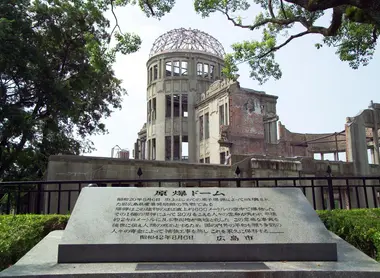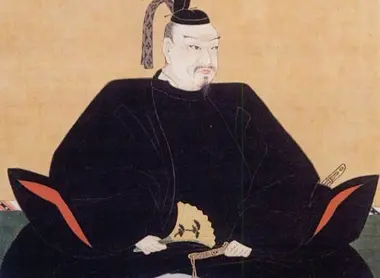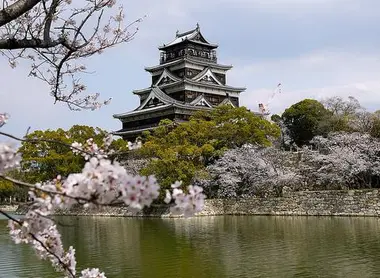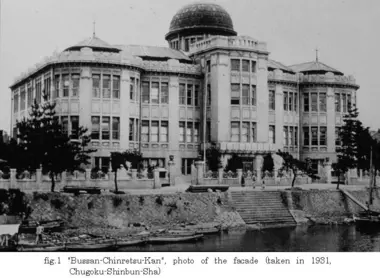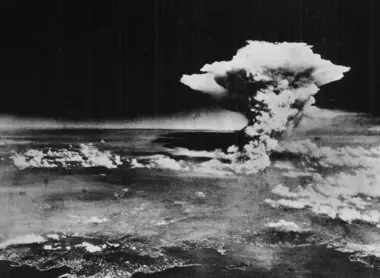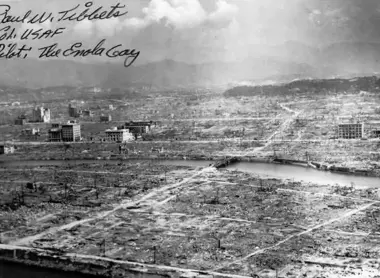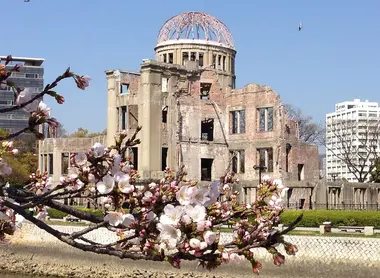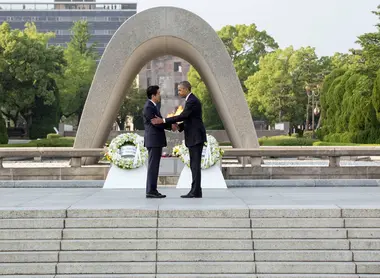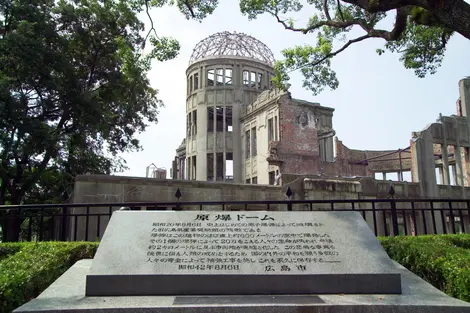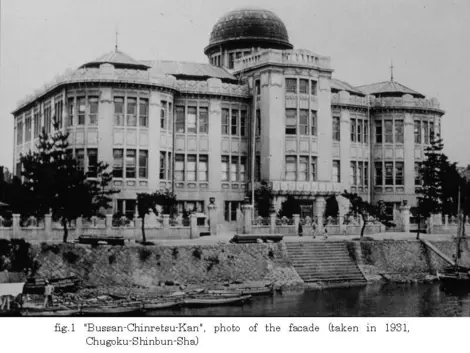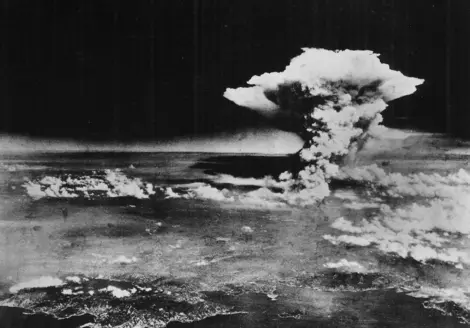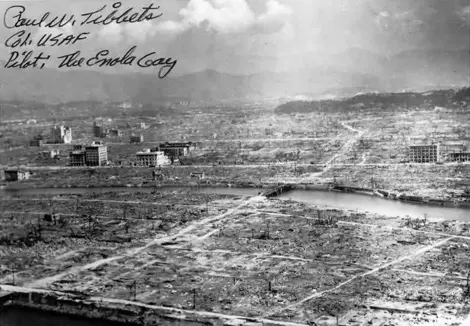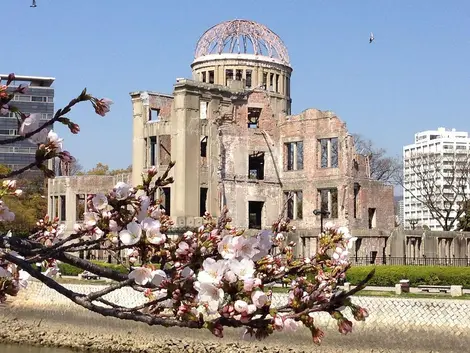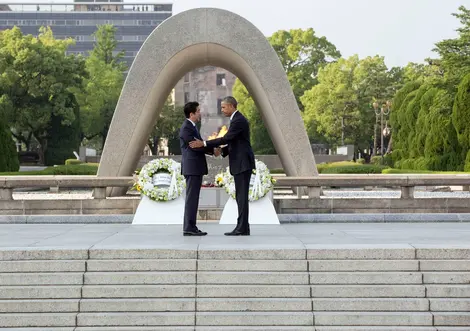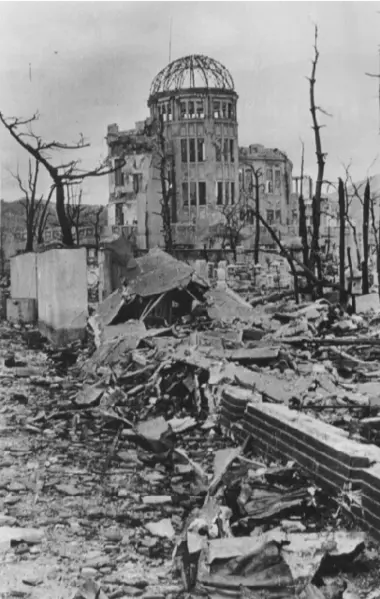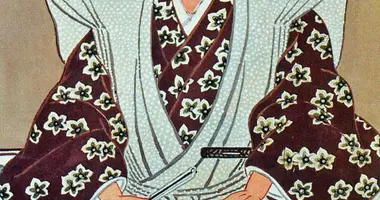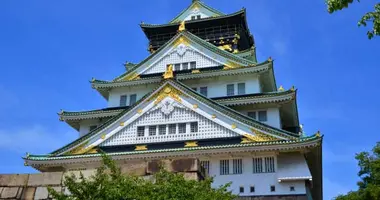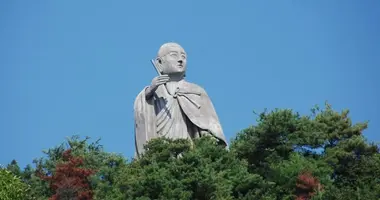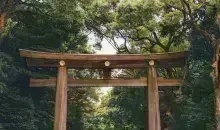Hiroshima: the history of the city 広島の歴史
- Veröffentlicht am : 20/01/2020
- Von : A.B. / J.R.
- Youtube
Hiroshima, un destin entre guerre et paix
Si Hiroshima évoque le souvenir de la bombe atomique, la cité possède un passé riche, ayant joué un rôle important dès l'époque du Japon féodal. Avec plus d'un million d'habitants, Hiroshima est aujourd'hui une ville majeure sur l'archipel japonais, qui oeuvre désormais en faveur de la paix.
Hiroshima during Antiquity and feudal times
The first traces of humans in the region of Hiroshima date from the Jômon era, a period of Japanese prehistory that extends from 13,000 to 400 BC. These traces are located at the mouth of the Ota river. We must then go back to the dawn of the Kofun period (approx. 250-538) to find the first remains, the kofun, burial mounds.
The history of the city officially begins much later, in 1589, during the time of feudal Japan. Hiroshima was founded on the Ota Delta, on the shore of the Seto Inland Sea, by a powerful lord, Mori Terumoto (1553-1625), turning Hiroshima (literally "the big island") into a formidable Daimyo region. We are then in the Sengoku era, the era of warring provinces, a time when fortresses symbolize the power of the daimyo.
- Read also: History of Japan: a simplified chronology
As powerful as he was, Mori Terumoto loses the battle of Sekigahara (1600) to the profit of Tokugawa Ieyasu, one of the three unifiers of Japan who will become shogun at the beginning of the Edo period. Ieyasu dispossesses Terumoto of his stronghold. In 1619, Hiroshima passed into the hands of the Asano clan, a family linked to another major figure of the time, Toyotomi Hideyoshi. The city will remain under the Asano banner until 1871, a few years after the Meiji Restoration.
- Read also: Hiroshima Castle
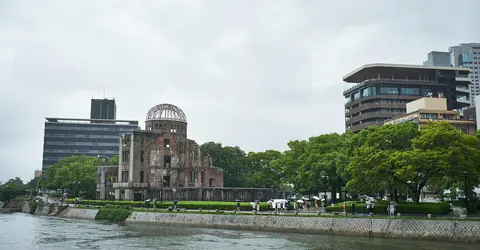
Le dôme de la bombe
Flickr Luca Sartoni
Hiroshima from the nineteenth century
With the disappearance of the han (fiefs) which marks the beginning of the Meiji era (1868-1912), Hiroshima becomes the capital of the newly created prefecture of the same name. The city, then populated by a little more than 80,000 souls, takes its economic and industrial development. Ujina Port, later renamed Hiroshima Port, was built in the 1880s. The Sanyo railway line was extended in 1894, bringing the city closer to the rest of the country.
Hiroshima specializes in the production of cotton and weapons, in the context of the Sino-Japanese (1894-1895) and then Russo-Japanese (1904-1905) wars. The Hiroshima Prefectural Trade Promotion Hall was established in 1915, along with several colleges and other military complexes. On the eve of World War I, Hiroshima was a major economic, cultural and military center of Japan. The Great War will confirm Hiroshima in its role as a primordial military base for Japan, then sided with the Allies.
The first atomic bomb in Hiroshima
During World War II, Hiroshima was the base of the 2nd Japanese General Army and the Chubu Regional Army. It also houses a lot of military types of equipment.
Initially spared by the aerial bombardments of the Americans, rather than concentrate on Tokyo, Hiroshima will, unfortunately, become the first city in history to experience an atomic bombardment. While Nazi Germany surrendered on May 8, 1945, Japan clings to its imperialist dreams, led by its leader, Emperor Hirohito (1901-1989).
To force a surrender, US President Harry Truman decides to resort to nuclear weapons, and Hiroshima is chosen for its crucial role in the military supply. On Monday August 6, 1945, at 8.15 am, a B-29 bomber flying over the city dropped an atomic bomb named "Little Boy". The device explodes at an altitude of 600 meters, above Shima Hospital, in the heart of the city.
The damage is unprecedented. Among the 350,000 inhabitants of Hiroshima, 70,000 were killed instantly. Radiation-related injuries will bring the death toll to 140,000 in the months and years that followed. About 70% of the buildings were destroyed. The city was nothing more than a "charred plain" (yakenohara in Japanese) and Nagasaki suffered the same fate on August 9, Japan surrendered on September 2, 1945, the date which marked the end of World War II.
Hiroshima, city of peace
After the trauma, a plan for the reconstruction of Hiroshima was launched, notably via the Law of Construction of the Peace Memorial of the City of Hiroshima, voted by the government in 1949 and which provided funding to revive the city. The same year, the Japanese Parliament proclaimed Hiroshima " City of Peace ". The Hiroshima Prefectural Trade Promotion Hall, a building located 160 meters from the epicenter and having withstood the blast, becomes the Dome of Bomb A. Around the monument, the Peace Memorial Park was inaugurated in 1954, and the Memorial Museum in 1955. A victim of war, Hiroshima has since been the first city to be an ambassador for peace, its town hall promoting the abolition of nuclear weapons.
On May 27, 2016, Barack Obama became the first sitting US president to set foot on Hiroshima. Alongside the Japanese Prime Minister, Shinzo Abe, Obama pays tribute to the victims and expresses his desire for a nuclear-free world. "71 years ago, death fell from the sky and the world changed, " he said in a landmark speech.
Hiroshima has also changed. The "charred plain" is today a city of 1.2 million locals, turned towards the future, like the new Orizuru Tower inaugurated in the summer of 2016. A city resolutely committed to its role as the world capital of peace.

Vue sur Hiroshima
Flickr Peter Cartledge
